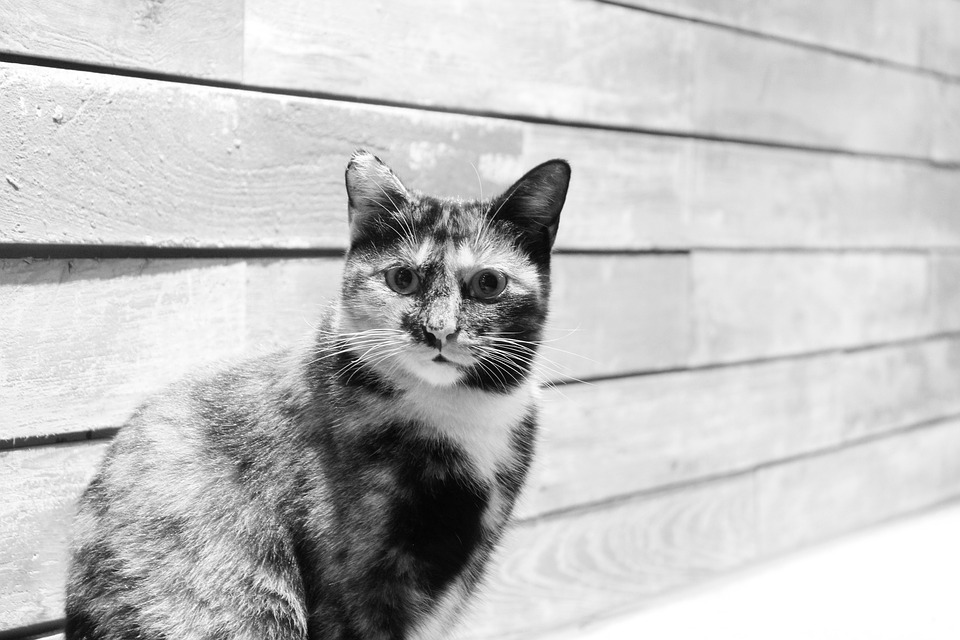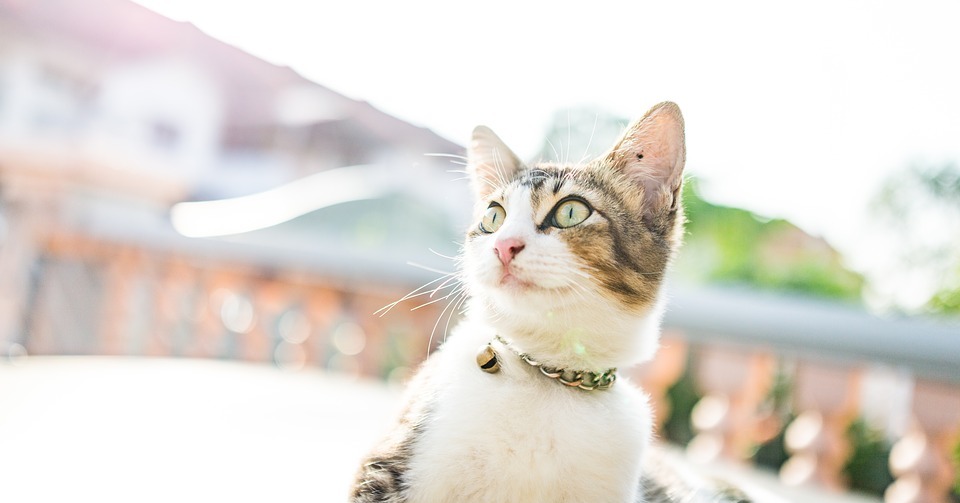This comprehensive article delves into the fascinating journey of a kitten's growth, exploring the factors that influence their development, the stages they go through, and the timeframe for reaching their full potential. From the rapid growth spurts of kittenhood to the gradual maturity of adulthood, we'll uncover the physical and behavioural changes that mark this transformative period.
Part 1: The Stages of Kitten Development

1.1 The Neonatal Stage (0-2 Weeks): A Time of Vulnerability
Kittens are born blind, deaf, and utterly dependent on their mother for survival. They spend most of their time sleeping and nursing, gaining weight rapidly. The mother cat's milk provides all the essential nutrients for their growth and development. Their tiny bodies are incredibly delicate, and they are highly susceptible to infection and hypothermia.
1.2 The Transitional Stage (2-4 Weeks): Emerging Senses and Playful Exploration
As kittens enter their second week, their eyes begin to open, revealing a world of wonder. Their ears follow suit, allowing them to hear the world around them. This is a time of rapid sensory development, as they begin to explore their surroundings with newfound curiosity. They also start to engage in playful interactions with siblings, developing their motor skills and social bonds.
1.3 The Socialization Stage (4-12 Weeks): A Crucial Period for Personality Development
This stage is paramount for kittens, as it's when they learn crucial social skills, develop their unique personalities, and form bonds with their human companions. During this period, they learn to interact appropriately with other cats and humans, developing confidence and adaptability. Early socialization is vital for their well-being and future happiness.
1.4 The Juvenile Stage (12-24 Weeks): Growing Independence and Energetic Playfulness
Kittens continue to mature rapidly during this stage, becoming more independent and playful. They start to explore their environment with increasing confidence, developing their hunting instincts and honing their physical skills. This stage is characterized by boundless energy and a fascination with play, which serves as a vital learning tool.
Part 2: The Stages of Adult Cat Development

2.1 Adolescence (24-36 Weeks): Reaching Sexual Maturity
While kittens may appear to be fully grown by this stage, their development isn't complete. This is the period when they reach sexual maturity, marking the transition into adulthood. Their growth rate slows down, but they continue to develop physically and mentally. This period can be marked by hormonal changes and increased energy levels.
2.2 Prime Adulthood (36 Weeks - 7 Years): Peak Physical Condition and Reproductive Capabilities
Cats reach their peak physical condition and are considered fully grown during this stage. They are energetic, playful, and capable of reproducing. They've also developed a sense of independence and possess a more mature personality. This is the time when cats are at their healthiest and most vibrant.
2.3 Seniority (7 Years Onwards): Gradual Changes and Adapting to Aging
As cats age, they may experience a decline in physical abilities. This can manifest in reduced activity levels, decreased muscle mass, and slower reaction times. Their coat may become thinner, and they might need more frequent grooming. However, their personalities and cognitive functions generally remain intact. They may become more sedentary and require more attention and care, especially in terms of providing a comfortable environment and a healthy diet.
Part 3: Factors Influencing a Cat's Growth
3.1 Genetics: The Blueprint for Size
Genetics play a crucial role in determining a cat's ultimate size and growth pattern. Different breeds are predisposed to different body shapes and sizes. For instance, Maine Coons are known for their large size, with males often exceeding 15 pounds, while Siamese cats are smaller and more slender, typically weighing around 8 to 10 pounds. Within a breed, individual cats can vary in size due to their specific genetic makeup.
3.2 Nutrition: Fueling Growth and Maintaining Health
Proper nutrition is vital for a kitten's healthy growth and development. Kitten food is specially formulated to provide the high levels of calories, protein, and essential nutrients necessary for rapid growth. It is crucial to choose a high-quality kitten food and follow the recommended feeding guidelines. As cats reach adulthood, their dietary needs change, requiring a balanced diet with moderate protein and fat content to maintain their health.
3.3 Health: Ensuring a Strong Foundation for Development
A kitten's overall health plays a significant role in its growth and development. Parasites, such as roundworms, hookworms, and tapeworms, can interfere with nutrient absorption and cause a range of health issues, including stunted growth. Regular deworming and flea control are essential for preventing these parasites. Certain diseases can also affect growth. Regular veterinary check-ups are vital to ensure that kittens are healthy and developing as expected.
3.4 Environment: Fostering a Safe and Stimulating Setting
A safe and stimulating environment is crucial for a kitten's well-being. This includes access to clean water, litter boxes, scratching posts, and plenty of playtime. A secure space provides a sense of security and allows them to explore and develop their curiosity. Socialization with other cats and humans is essential for building confidence and social skills.
Part 4: Physical and Behavioural Changes During Growth
4.1 Physical Development: From Tiny to Full-Grown
Kittens undergo remarkable physical transformations as they mature. During the first few months of life, they gain weight rapidly, with most of their growth occurring in the first year. As they age, their bodies become more proportionate. Their legs lengthen, their heads grow, and their fur thickens. Their muscles develop gradually as they become more active and engage in playful activities, leading to increased strength and agility.
4.2 Behavioural Development: Evolving Playfulness and Independence
Kittens are naturally playful and curious, using play to learn and develop essential skills. Their playful behaviour gradually evolves as they mature, becoming more refined and less chaotic. As kittens become more independent, they start to explore their environment more confidently and rely less on their mothers or humans for care. Their social interactions also become more complex, as they learn to communicate effectively with their human companions and other cats.
Part 5: Monitoring Growth and Ensuring Healthy Development
5.1 Veterinarian Check-Ups: A Vital Role in Growth Monitoring
Regular veterinary check-ups are essential for monitoring a kitten's growth and ensuring it is developing appropriately. Veterinarians can track weight gain, advise on appropriate food portions and exercise, and administer necessary vaccinations. They can also diagnose and treat any health issues that may arise, helping to ensure a kitten's healthy growth and development.
5.2 Home Monitoring: Observing Changes and Seeking Professional Advice
Observing a kitten's behaviour and physical changes can provide valuable insights into their health and growth. Monitoring their weight and appetite, energy levels, and coat condition can help identify any potential problems early on. Any significant changes in these areas should be reported to a veterinarian for professional assessment and guidance.
Part 6: FAQs
6.1 How long does it take for a cat to reach full size?
Most cats reach their full size by the time they are 12 months old. However, some larger breeds, like Maine Coons, may continue to grow until they are 3 or 4 years old. It's important to note that individual cats within a breed may vary in size based on their genetics and diet.
6.2 What is the average lifespan of a cat?
The average lifespan of an indoor cat is around 13 to 17 years, while outdoor cats tend to have shorter lifespans due to increased risks from accidents and diseases. Providing a safe and enriching indoor environment can help extend a cat's lifespan and enhance its overall quality of life.
6.3 Do all cats reach the same size?
No, cats vary in size depending on their breed, genetics, and diet. Smaller breeds, like Siamese cats, will typically be smaller than larger breeds, like Maine Coons. Additionally, cats raised on a high-quality diet are more likely to achieve their full potential size.
6.4 How can I tell if my kitten is growing properly?
You can monitor your kitten's growth by checking their weight and measuring their body length at regular intervals. Comparing their growth to breed standards can help determine if they are developing appropriately. Consulting with your veterinarian is crucial for professional assessment and guidance.
6.5 What are some signs of health problems in a kitten?
Some signs of health problems in a kitten include:
- Loss of appetite
- Weight loss
- Lethargy
- Diarrhea or vomiting
- Changes in coat condition
- Excessive sneezing or coughing
- Difficulty breathing
- Swollen lymph nodes
If you notice any of these signs, it's important to contact your veterinarian immediately for diagnosis and treatment.
6.6 How can I help my cat live a long and healthy life?
You can help your cat live a long and healthy life by providing them with:
- A balanced diet tailored to their age and activity level
- Regular exercise and playtime
- A safe environment free from hazards
- Regular veterinary care, including vaccinations, deworming, and dental care
- Plenty of love and attention
By addressing their physical and emotional needs, you can help your feline companion thrive and enjoy a long, happy life.
Everyone is watching

Are Cat Ribs Flexible? Understanding Their Anatomy
CATS & KITTENSThis article delves into the fascinating world of feline anatomy, exploring the flexibility of cat ribs and ho...

Can Cats Eat Bananas? (Everything You Need to Know)
CATS & KITTENSThis article dives into the intriguing question of whether cats can safely enjoy the sweet, yellow fruit, bana...

Cat Lifespan: How Long Do Cats Live?
CATS & KITTENSThis comprehensive guide explores the factors influencing the lifespan of our feline companions, providing ins...

Can Cats Get COVID-19? What You Need to Know
CATS & KITTENSThis article will delve into the fascinating world of feline COVID-19 susceptibility. We'll explore whether ca...

Can Cats Eat Eggs? A Complete Guide to Egg Safety for Your Feline Friend
CATS & KITTENSWhen it comes to treating our furry companions, we all want to ensure we're doing what's best for them. Eggs...
